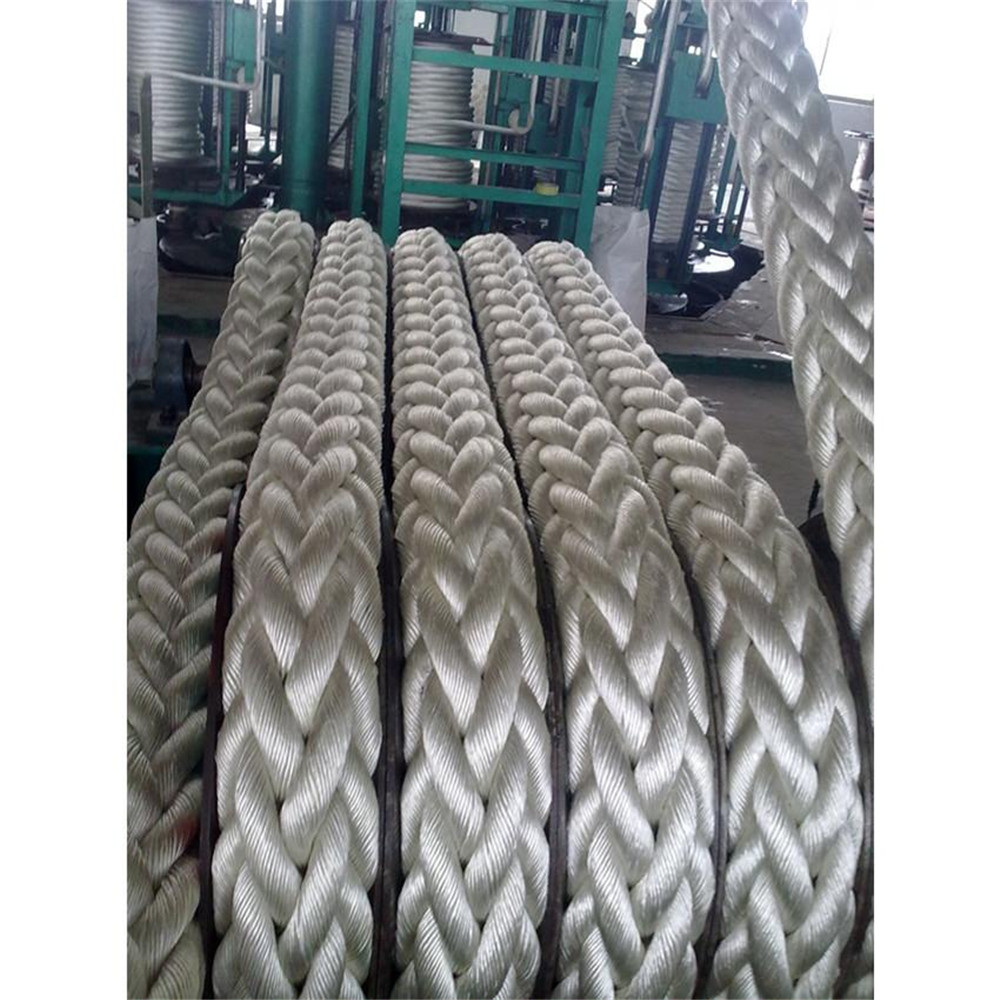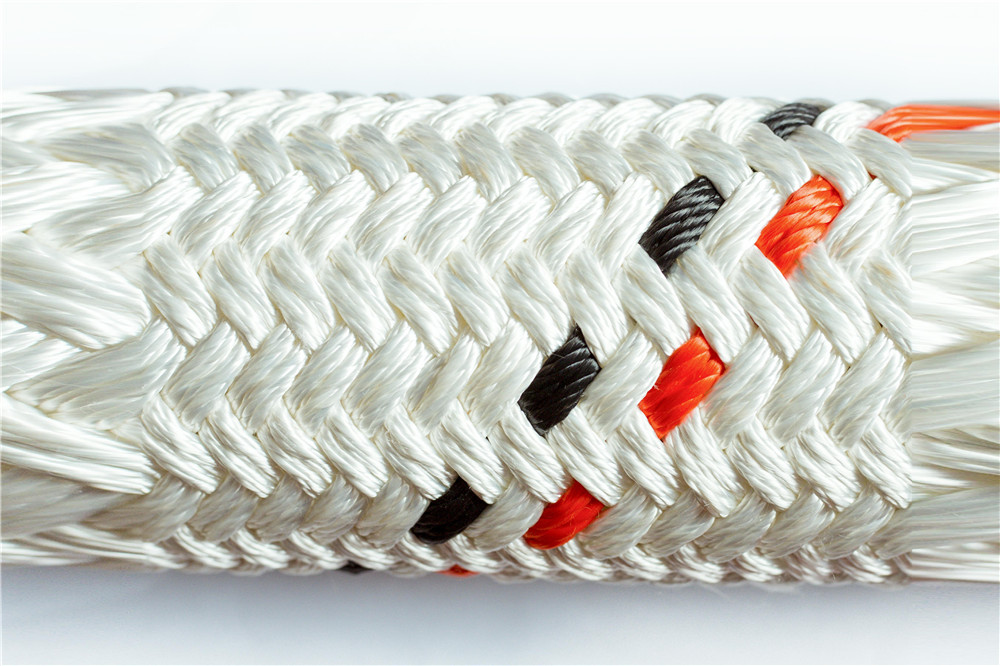On March 24, 2012, the “2012 Cotton Industry Situation and Investment Strategy Seminar†was held in Wuhan. The meeting was jointly organized by Zhejiang Yongan** Co., Ltd. and the Hubei Cotton Association. Yang Zhaoliang, deputy secretary-general of the China Cotton Association, analyzed and looked forward to the macroeconomic form of 2012.
From his own perspective, he made judgments on the current cotton situation and the situation in the 2012 cotton market.
Current cotton form analysis
For the current cotton situation, Yang Zhaoliang said that through the investigation of the current cotton production situation, the income of cotton farmers has dropped by 25%. The purchase price last year was 11.1 yuan, and the average price is now around 8.3 yuan. The number of cotton processing companies has dropped from the 18,000 peak in 2003 to the current 3,500. The entire market is not optimistic. In circulation companies, sales have become a common feeling of the market. Obvious lack of orders, many textile companies have little or no list after June, and there is a panic mentality.
Another phenomenon in the current cotton industry is that the spread between domestic and foreign countries is widening. Until now, our domestic cotton is more expensive than them, with a tariff of 1% and a sliding tax of 5%. Nowadays cotton quotas have become the main focus. In the process of textile companies research, the demands of textile companies are very much the same. No matter where they are, it is a kind of voice. The price difference in June is too big. This time cannot be too big. I hope that our quota will be issued in a timely manner. It now appears that business has become our focus.
Regarding the late-stage situation, Yang Zhaoliang said that from a fundamental perspective, there are several key points. Regarding the status of production, the 2011 national statistics were 6.6 million tons, the association was 7.28 million tons, the US Department of Agriculture’s forecast for the State Reserve Cotton was 7.3 million tons, and the ICAD was 7.2 million tons. The most controversial issue is the output of Xinjiang. There is a voice in the council of the China Cotton Association of Beijing. The output of Xinjiang cotton should be at 3.6 million tons, and this argument is supported by three aspects:
1. The Xinjiang Development and Reform Commission has inter-networked with various miscellaneous newspapers, submitting their acquisition status to the National Development and Reform Commission on the same day and every week. The number of their acquisitions reported at the end of the month is 3.58 million tons.
2. Figures on the railway. At present, 1.3 million tons have been issued, and there are still 1.9 million tons on the stand in Xinjiang, and reserve cotton is 1.4 million tons.
3. In the public inspection, the Chinese Bureau of Quality Supervision has a weekly report on the number of public inspections in the country every weekend, which is also more than 3 million tons. Xinjiang's cotton production is 3.5 million tons or more.
This year's cotton production situation is not very optimistic. From the perspective of initial investigations, the reduction rate in the whole country is relatively large, with the Yangtze River valley decreasing by 13%, the Yellow River valley decreasing by 27%, and the Northwest inland decreasing by 7.3%. On the import data, by the end of February this year, 2.261 million tons were imported, which accounted for 80% of the same period of last year. India, which is the first source of imports, has surpassed the United States.
The focal point of the policy is the quota, which was issued in December last year was 940,000 tons, 1% of the tariff, and then issued a part of the cotton processing trade quotas, and now the remaining 5% of the quota has not been issued. This time point must be after March 31, it is estimated that it will take action in mid-April.
With regard to the international influence factors, news of this aspect of India has been digested. The exportable amount of India is 1.23 million tons. By the end of February, China has imported 1.13 million tons of cotton, and the remaining 500,000 tons may be in other countries.
The factors of India’s policy have basically been digested. The biggest variable now is the European debt crisis. The Greek crisis may trigger a crisis of European debt in the future. We are not too optimistic about Greece. European people are really lazy. If we don’t want to work, we would like to think about their comfortable days. Now that the welfare policy has been tightened a bit, we’re everywhere. Now that the EU’s plan to save Greece is really a bottomless hole, by the end of 2012 we can see whether the EU can save Greece’s success. In this year of this year, the variables are very large. If the EU wants to carry out **, there are now several core European countries that have a very large impact on the euro. Professor Xie just said we don’t want to buy the euro. There are too many uncertainties in the euro.
Our country’s macroeconomic regulation now has the nuclear deterrence policy of China’s cotton. The main purpose of China’s macro-control of cotton is to keep the market stable. Stable is that prices will not drop sharply or rise sharply. Only by establishing a nuclear deterrence policy for China’s cotton will it be possible to preserve the national macro-control policy.
Standard reform
The main focus of this cotton quality standard reform is to change the “grade of cotton†to “color level†(type and level of color). Color grade and grade are two completely different concepts, there is no one-to-one correspondence, the implementation of color grade is only on the sawtooth cotton, because of the color basis and uniformity of the roller cotton is poor, there is no way to formulate the cotton color characteristics map. .
Sawtooth cotton changes the grade of cotton to color grade, and it is changed according to the depth of color. Now it has been changed into four types of three grades. There is no one-to-one correspondence between the current color grade and the past grade concept, and it is two completely different quality evaluation systems.
Because cotton is a mandatory standard, China’s commitment to WTO at the time of its accession to the WTO should be reported to all WTO members. The notification time is 2 months, and the middle of April-June is the notification time of the new standard if the WTO member The country does not have a big opinion on the new standard. Before September 1, the National Cotton Standards Committee will issue new cotton standards.
The implementation of this standard has a huge impact on the market and will have a very significant impact. Including the acquisition of the State Reserve Cotton Policy, as well as spot and ** transactions, electronic matching transactions, as well as the setting of the price index, the calculation of the national sliding rate, and so on.
Product Category: Nylon Rope, also called Polyamide Rope, made of nylon 6, nylon 66 (polyamide multifilament) fiber, which is woven by two twisting lines and then processed into strands. The rope has high strength and high elongation. Good impact resistance, abrasion resistance, UV and chemical resistance. High resilience, when the elongation is 3%, the rebound rate is 100%, long-term use, not easy to fatigue, long service life, There are 3-strand, 8-strand and 12-strand of nylon rope, high-strength nylon (polyamide multifilament) rope, Nylon Double Braided Rope, widely used in large shipbuilding, ocean transportation, heavy industry shipbuilding, warships, streamers, oil exploration, fishing, mining, etc.
Our company is a relatively large cable manufacturer and wholesaler in China, wholesale high-quality Nylon rope research and development and manufacturing products, we have perfect after-sales service and technical support. Looking forward to your cooperation!


Nylon Rope,Polyamide Rope,8 Strand Nylon Rope,Nylon Double Braided Rope
Yangzhou Jushen Rope Cable Co., Ltd. , http://www.jushen-rope.com
![<?echo $_SERVER['SERVER_NAME'];?>](/template/twentyseventeen/skin/images/header.jpg)